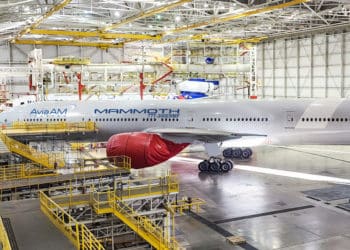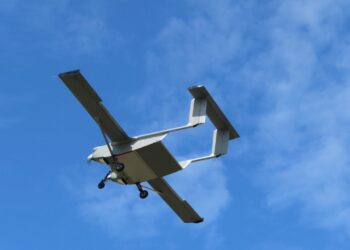What next for air freight demand?
The 2015 edition of Cargo Facts Asia took place this week at the Langham Hotel in Hong Kong. A record crowd of senior air cargo executives joined us from all over the world, and over the next few weeks we will pass on some of the highlights of the event here on our website. Starting with the thoughts of three of our industry’s top guns on the subject of future demand trends.
With Cathay Pacific reporting wild swings in cargo traffic over the last three months (see below), it was interesting to listen to James Woodrow, the carrier’s cargo boss, speaking at Cargo Facts Asia this week on the subject of air freight demand growth in the near and medium term. While he was not pessimistic about the outlook for the cargo business, he warned that the overall strong first quarter of 2015 was not indicative of a rosy future. He said he expected good performance over the next two years, but added: “Anyone looking for 5% growth over the next ten years will be disappointed.”
Nor was he alone in his prediction. Denis Ilin, Executive President of AirBridgeCargo Airlines, agreed that underlying growth in air freight demand over the next few years would likely average about 2% per year; and Ravishankar Mirle, Vice President Cargo, Commercial, at Emirates, said that while he expected his airline to continue to see strong growth, that growth would come from increased market share, rather than through any significant growth in the overall market.
To put the above comments in context, here is a recap of the first-quarter data from Cathay Pacific and also from Hong Kong International Airport.
Cathay Pacific Airways reported March cargo traffic up 2.4% y-o-y to 929 million RTKs. This follows a spectacular gain of 24.5% for the combined January/February period, and leaves Cathay with first-quarter cargo traffic up 15.4% to 2.55 billion RTKs. Commenting on the March results, Cathay Pacific General Manager Cargo Sales & Marketing Mark Sutch said: “Air freight demand was generally robust throughout March, helped by the month-end and quarter-end production rush out of the key manufacturing cities in Mainland China. Once again the main focus of our business was on the transpacific lanes, with traffic into and out of North America spurred by the continuing congestion in seaports on the West Coast of the USA. Demand to Europe remained below expectations, with business affected by the ongoing economic woes and the depreciation of the euro.”
Hong Kong International Airport reported cargo volume in March down 8.2% y-o-y to 364,000 tonnes, continuing the roller-coaster ride of the first two months of 2015. HKIA’s handle was up 1.6% in January and up 22.6% in February. The overall March decline came as a 13.0% drop in export volume to 219,000 tonnes more than overcame a 1.3% increase in imports to 145,000 tonnes. For the first quarter of 2015, HKIA reported its handle up 2.8% to 1.02 million tonnes.
Looking at these results, and those of other carriers and airports in the first three months of this year leads us to the conclusion that it is not possible to come to any meaningful conclusion about underlying trends in the air freight industry so far in 2015, and that Messrs. Woodrow, Ilin, and Mirle may well be right.




